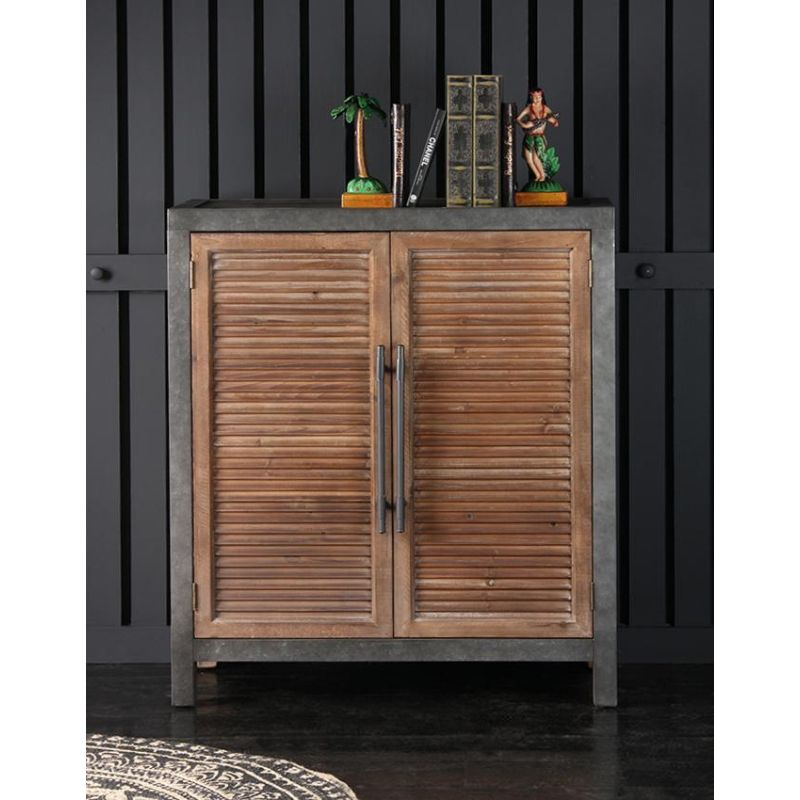
Why should we care about making sustainable interior design choices?
Why should we care about making sustainable interior design choices?
For many people, revamping the interior design of their home is an opportunity to breathe fresh life into an existing space. Whether this is a major overhaul, creating a new layout for your living spaces, or just a fresh lick of paint on the walls, taking care with your choice of materials means that you're more likely to be happy with the result.
Usually, the first concern for anyone undertaking a renovation is cost. Getting the most for your money, making savings and getting competitive quotes for tradespeople are all part of the process, especially if you’re on a tight budget. But with the climate crisis looming, should we also be considering how sustainable our interior design choices are? We take a look.
Better for the planet
Ultimately, we as humans are all collectively responsible for doing something about climate change. Whilst you’d be correct in thinking that the construction process plays a large role in the carbon footprint of a home, research has shown that the carbon footprint of the interiors actually equal the same amount, if not more, than the build itself.
Taking responsibility for this and making eco-friendly, sustainable choices can go a long way in reducing your impact on the environment. If everyone did this, then overall we could perhaps make an impact. These don’t need to be big changes like putting in solar panels or a heat pump, unless you have the space and the budget. They can be as simple as choosing Forest Stewardship Commission (FSC) certified wallpaper, or looking to see what you can upcycle before you throw it all out.
Whilst you might initially think that having to only choose eco products might be limiting, there are now plenty more options on the market, and you can use it as an opportunity to buy something and feel good about it at the same time.
Quality options
One of the reasons to consider buying sustainable is because they do tend to be high-quality products. Manufacturers need to look carefully at the materials they’re using in order to make them eco-friendly, so the chances are that you can be sure they’ve chosen the right material at each stage of this process.
Whilst quality might not come cheap, if you’re hoping that a product will last a while, choosing quality means that you won’t have to do the work again in a few years. If you’re baulking at the cost of buying high quality items, look online to see if you can get them second-hand. This is likely to dramatically reduce the cost, and you can still get the aesthetic you’re looking for. Buying an existing item also reduces your carbon footprint, as you’re not getting a new item manufactured.
Future-proofing your home
The climate crisis isn’t going away. Whether you’re going to stay in your house for a long time, or are looking to make it appealing to future buyers, considering sustainability can be a great way to future-proof your home.
Some examples could include switching to more energy-efficient lightbulbs, or upgrading your doors and windows to minimise heat loss from the home. Doing so means that you both reduce energy loss, and therefore reduce your carbon footprint, but you also reduce bills. This will be beneficial for you, and is also a selling point should you ever move.
